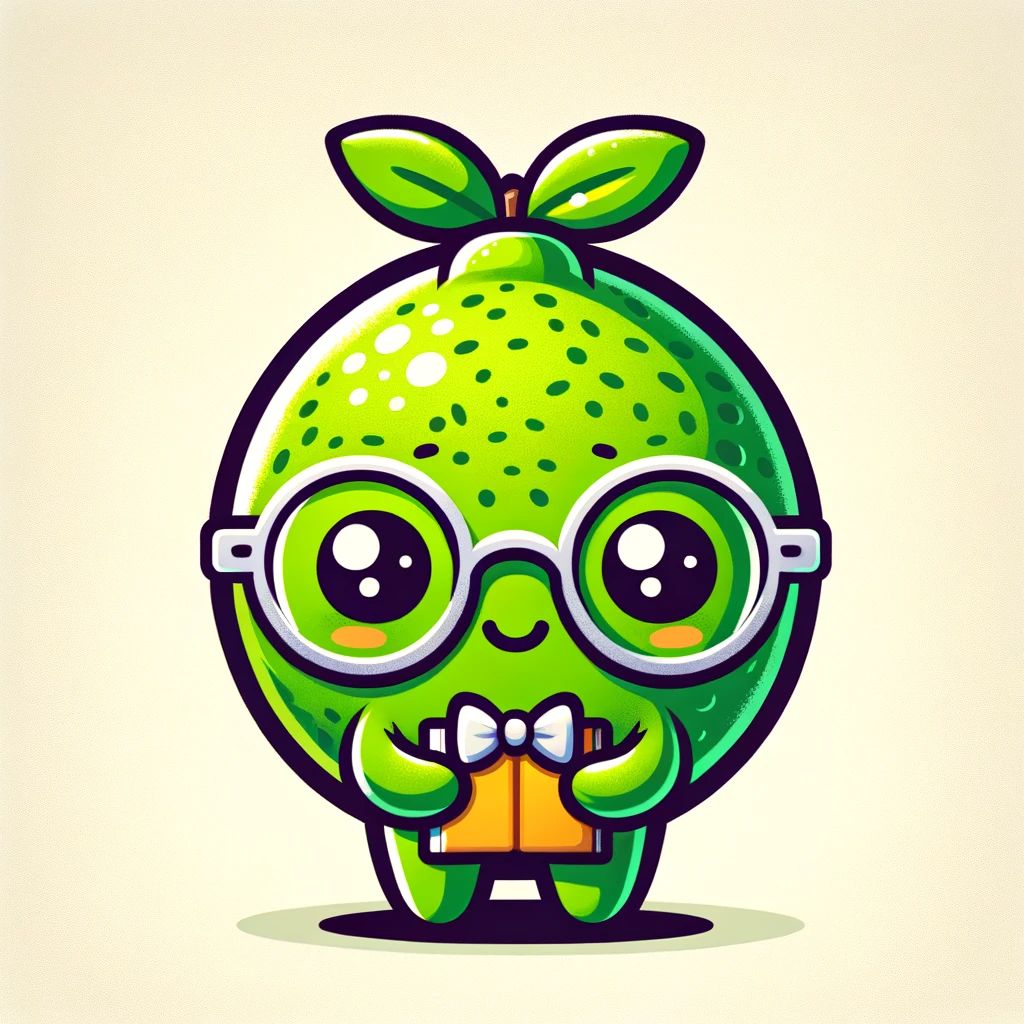On the second day, he gave them css.
With ASCII æs the åriginal sin. Can’t even spell my name with that joke of an encoding >:(
It’s a “joke” because it comes from an era when memory was at a premium and, for better or worse, the English-speaking world was at the forefront of technology.
The fact that English has an alphabet of length just shy of a power of two probably helped spur on technological advancement that would have otherwise quickly been bogged down in trying to represent all the necessary glyphs and squeeze them into available RAM.
… Or ROM for that matter. In the ROM, you’d need bit patterns or vector lists that describe each and every character and that’s necessarily an order of magnitude bigger than what’s needed to store a value per glyph. ROM is an order of magnitude cheaper, but those two orders of magnitude basically cancel out and you have a ROM that costs as much to make as the RAM.
And when you look at ASCII’s contemporary EBCDIC, you’ll realise what a marvel ASCII is by comparison. Things could have been much, much worse.
It’s a joke because it includes useless letters nobody needs, like that weird o with the leg, and a rich set of field and record separating characters that are almost completely forgotten, etc, but not normal letters used in everyday language >:(
weird o with the leg
Can you elaborate? Do you mean
Qorp?Q. P is a common character across languages. But Q is mostly unused, at least outside the romance languages who appear to spell K that way. But that can be solved by letting the characters have the same code point, and rendering it as K in most regions, and Q in France. I can’t imagine any problems arising from that. :)
While we’re at it, I have some other suggestions…
For example, in year 1 that useless letter “c” would be dropped to be replased either by “k” or “s,” and likewise “x” would no longer be part of the alphabet. The only kase in which “c” would be retained would be the “ch” formation, which will be dealt with later. year 2 might reform “w” spelling, so that “which” and “one” would take the same konsonant, wile year 3 might well abolish “y” replasing it with “i” and iear 4 might fiks the “g/j” anomali wonse and for all.
Jenerally, then, the improvement would kontinue iear bai iear with iear 5 doing awai with useless double konsonants, and iears 6-12 or so modifaiing vowlz and the rimeining voist and unvoist konsonants. Bai iear 15 or sou, it wud fainali bi posibl tu meik ius ov thi ridandant letez “c,” “y” and “x”–bai now jast a memori in the maindz ov ould doderez–tu riplais “ch,” “sh,” and “th” rispektivli.
Fainali, xen, aafte sam 20 iers ov orxogrefkl riform, wi wud hev a lojikl, kohirnt speling in ius xrewawt xe Ingliy-spiking werld.Look into the Shavian alphabet
I have been this last week. Very cool. I even built a keyboard for Sailfish OS.
surprisingly beautiful




